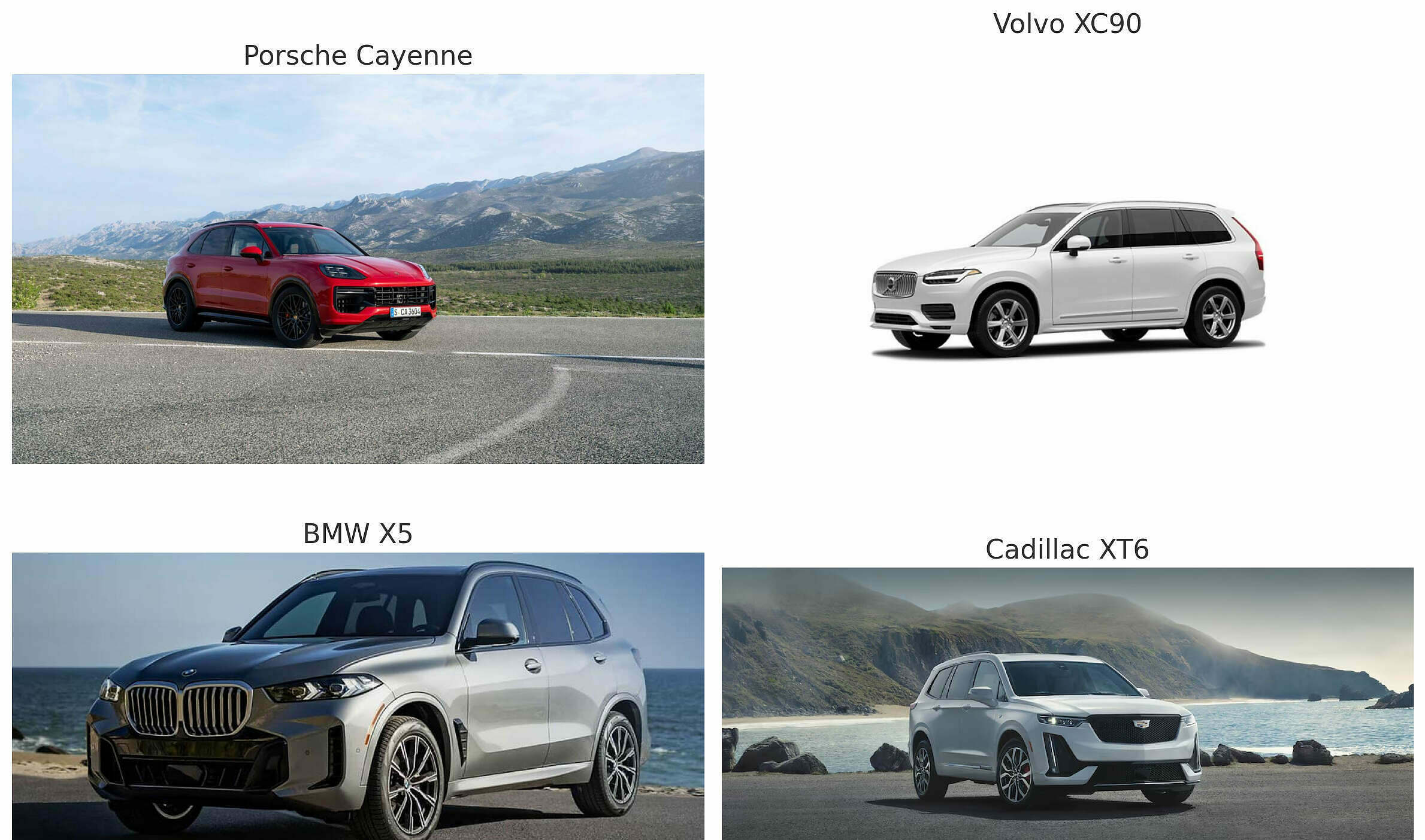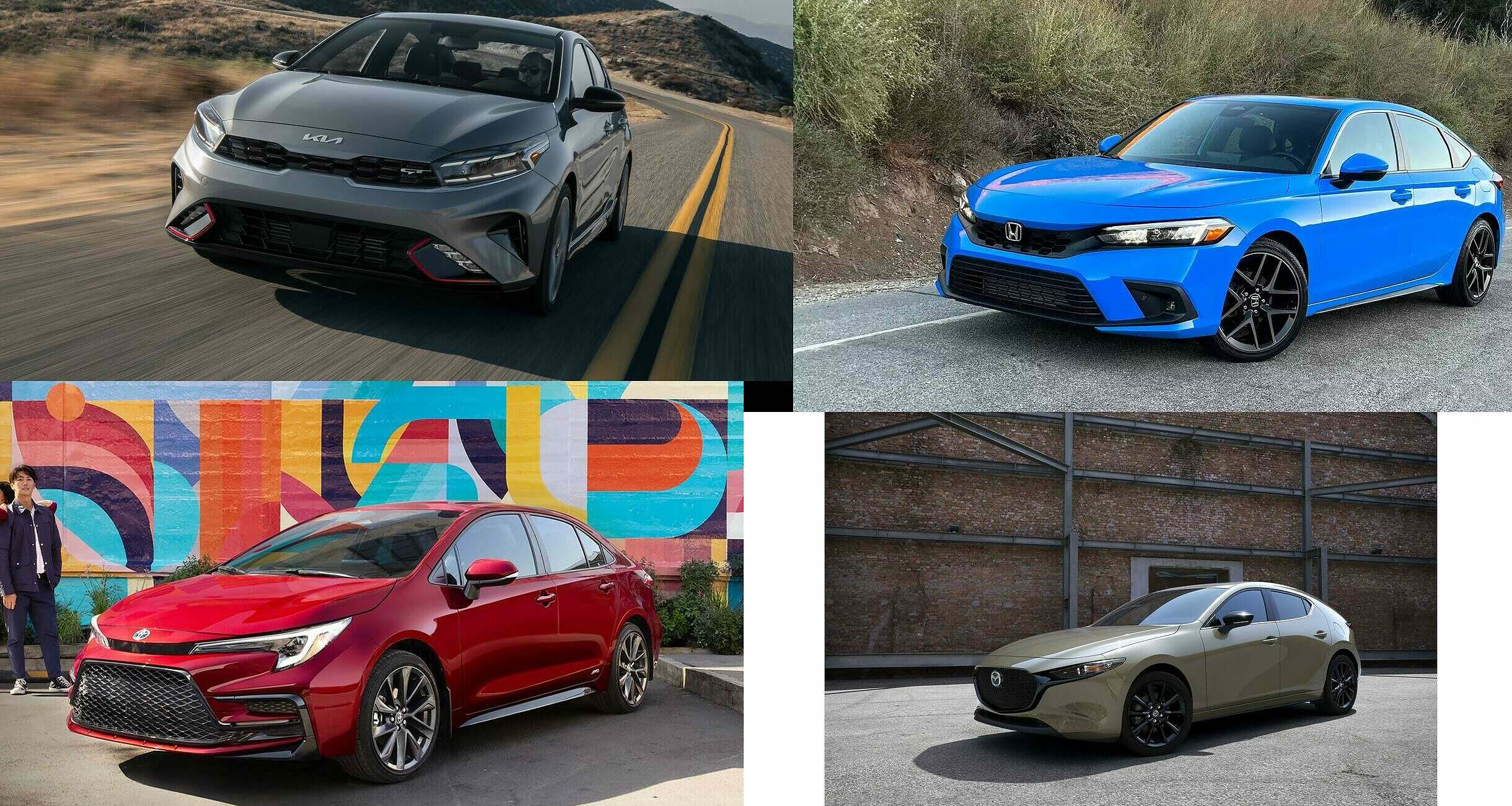The automotive industry has always been a dynamic and evolving sector, reflecting changes in technology, consumer preferences, and societal shifts. One particular aspect of this evolution that demands our attention is the representation of women in the field of car mechanics.
Despite the increasing number of vehicles on the road, the percentage of female mechanics remains disproportionately low. Why, amidst an ever-growing fleet of vehicles, we aren’t seeing a corresponding rise in the number of female mechanics.
A Look at the Numbers
According to the Bureau of Labour Statistics, in 1999, women made up a mere 1.4% of the car mechanics industry. Fast forward to 2022, and this number has grown to 12%. While this growth is noteworthy, it still pales in comparison to the overall workforce representation of women in other industries.
Meanwhile, the number of cars on the road has skyrocketed. Carsguide.com reports a staggering 1.401 billion vehicles globally. This increase in vehicles logically calls for a larger workforce of skilled mechanics. Yet, the question arises: Why is there not a proportional increase in female mechanics?
Challenges and Stereotypes
- Societal Perceptions and Gender Stereotypes:
- The automotive industry has long been viewed as a male-dominated field. This stereotype can discourage women from pursuing careers as mechanics.
- There is a lack of representation and role models for women in this sector, making it less appealing for young girls and women to see themselves in these roles.
- Educational and Training Opportunities:
- Women might have less access to or encouragement to pursue technical education and training in automotive mechanics.
- Gender biases in educational settings can create barriers for women seeking to enter the field.
- Work Environment and Culture:
- The existing culture in many auto repair shops may not be welcoming or conducive to women.
- Workplace policies and facilities might not cater to the needs of female mechanics, making it a challenging environment for them to work in.
The Road Ahead: Increasing Female Representation
- Changing Perceptions:
- It’s crucial to challenge and change the gender stereotypes associated with this field.
- Promoting success stories of female mechanics can inspire and encourage more women to enter the industry.
- Education and Training:
- Providing equal opportunities for women in technical and vocational training programs is essential.
- Scholarships and targeted educational programs can help increase the number of women in automotive training institutes.
- Creating an Inclusive Work Environment:
- Employers must foster a more inclusive culture in auto repair shops.
- Implementing policies that support the needs of female mechanics, such as flexible working hours and maternity leave, can make the workplace more appealing.
Conclusion
While the number of vehicles on the road is at an all-time high, the proportion of female mechanics has not seen a corresponding increase. Addressing this gap requires a multifaceted approach, including changing societal perceptions, providing equal educational opportunities, and creating a more inclusive work environment.
As the automotive industry continues to grow, it’s imperative that we embrace diversity and inclusivity, ensuring that women have an equal opportunity to participate and thrive in this essential sector.



